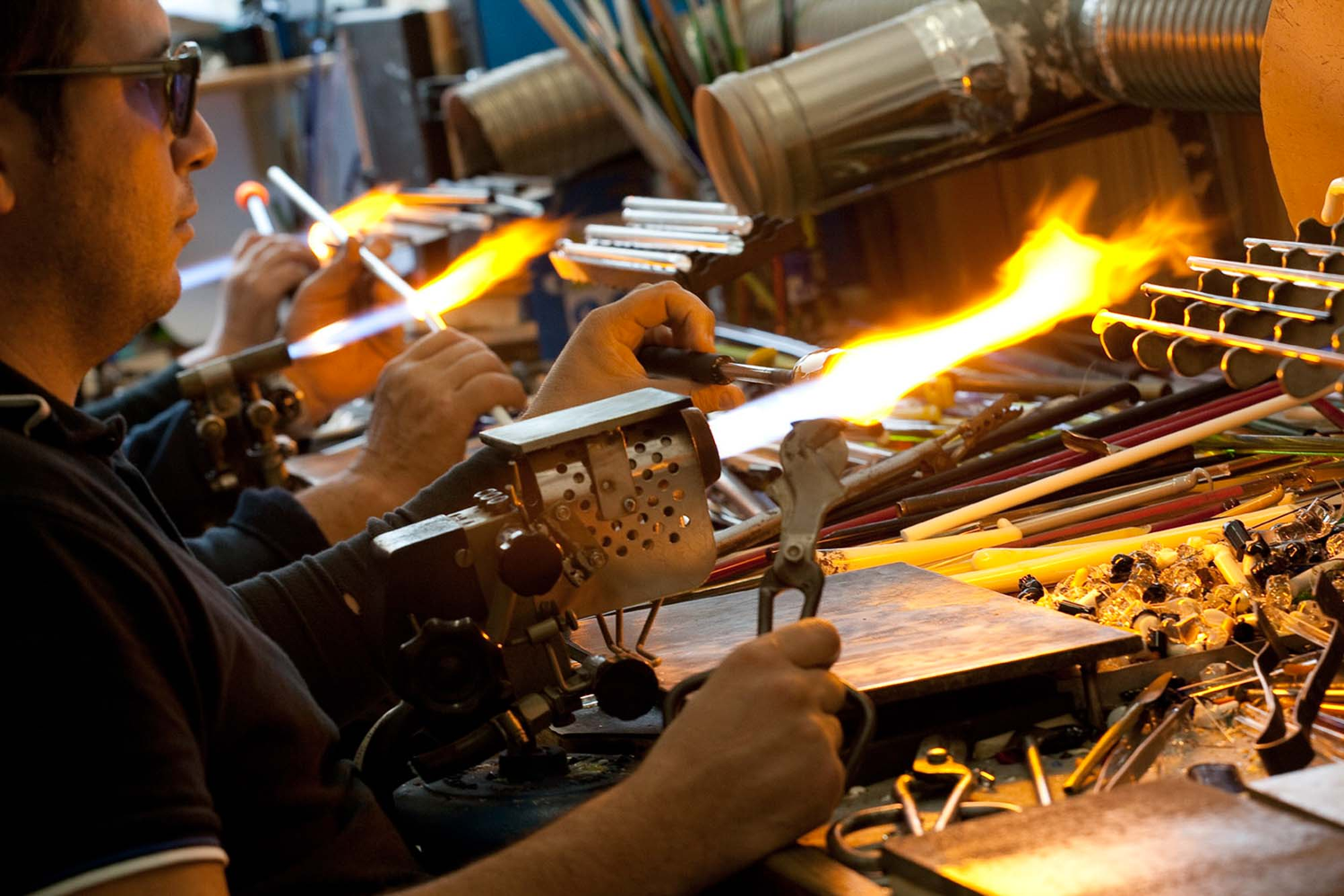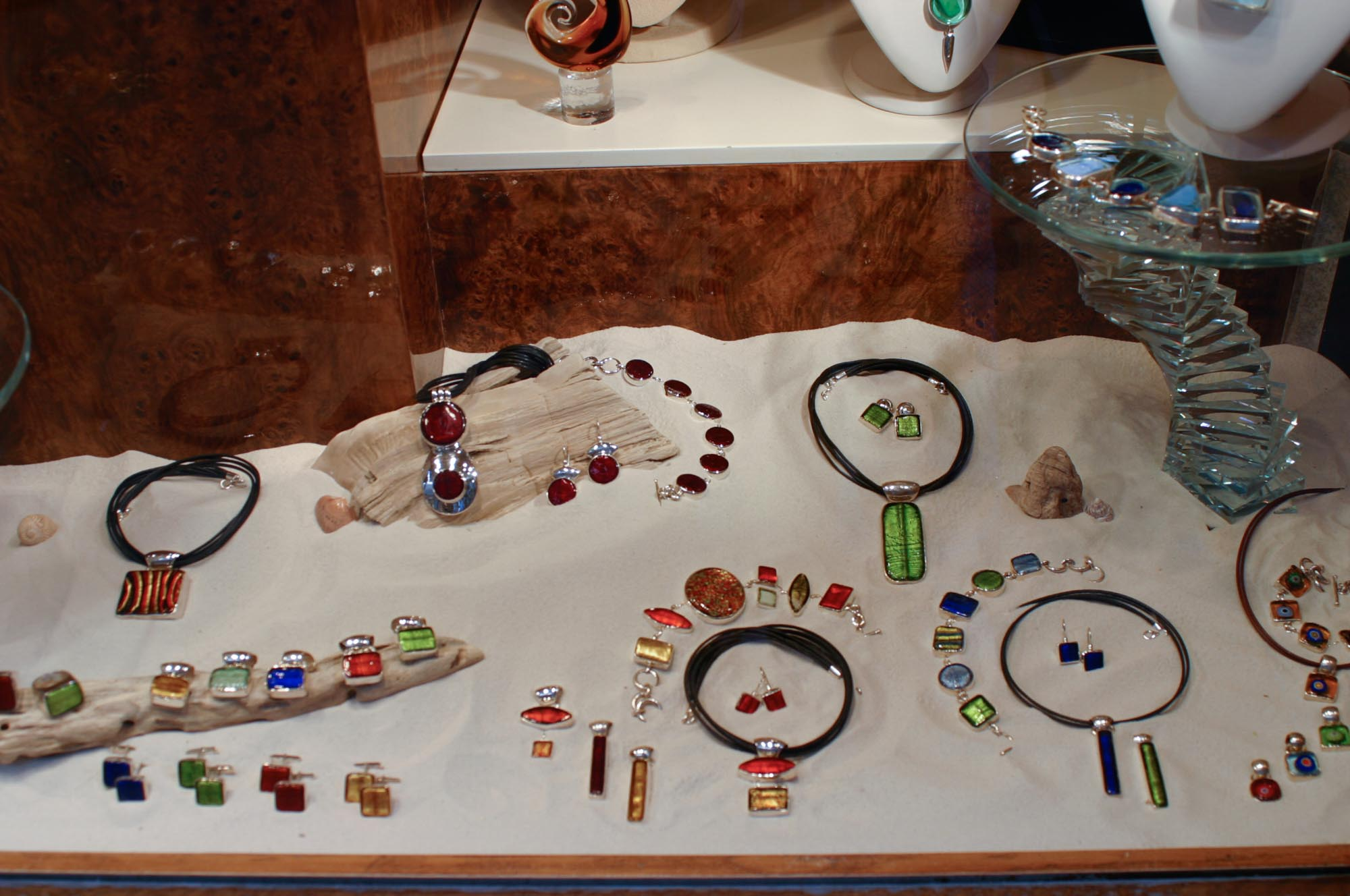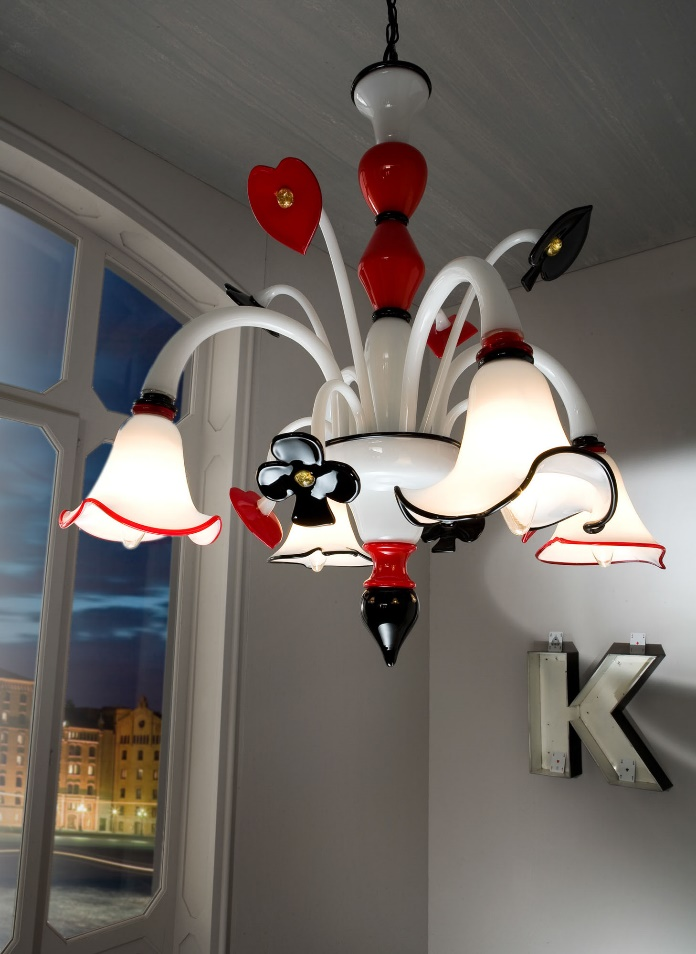A wide variety of glass types are available, each with unique characteristics and uses. Since it is possible for it to take on a wide variety of forms, it doesn't have a predetermined melting or boiling temperature. Silica is the primary component of glass.
Commercial production involves combining silica, limestone, and soda ash inside a furnace and heating them to extremely high temperatures (about 1700 degrees Celsius). As the silica melts, it forms a jelly-like material that is glass, and this process can take several days. To meet the demand, this glass is sorted and refined.
As a result of this treatment, a variety of glasses can be created. These several types of glass are distinguished from one another by their distinct chemical composition and physical characteristics. Glass' primary function is to allow light to pass through it.
Glass, however, is employed in contemporary contexts for a wide variety of purposes, such as a decorative element, regulating solar heat, improving sound quality, increasing safety, and new structures.
Interior designers use one of the most popular strategies to make a room feel larger by including glass elements. But that's not everything that makes glass a popular material for architectural applications. Glass processing technologies, including digital glass printing, have advanced, making the material more malleable and adaptable.
Because of this, architects and interior designers can tackle a wide range of challenging projects using novel approaches. There are several varieties of glass on the market, each serving a unique purpose in terms of appearance and functionality. Let's take a look at some of them.
1. Frosted Glass
Today, frosted glass is common in new structures and interior design. This valuable substance is effective enough to be both attractive and reassuring due to its ability to reduce visibility. Transparent glass can be made to look more like translucent glass through the use of sandblasting or acid etching. 
Both methods give the glass a hazy appearance, yet they offer varying degrees of opacity and artistic flexibility to suit individual tastes. In deciding between the two kinds of frosted glass, it is important to consider the degree of transparency and the desired gradients in the various interior spaces.
Using acid-etched glass is preferable since it saves money, leaves no visible fingerprints or smudges, and provides a permanent, high-quality design that will not fade or scratch. Sandblasted glass, on the contrary, is less smooth and more translucent, so it takes more work to keep it looking good, but it provides a higher amount of privacy thanks to its high opacity.
2. Satin Glass
Just as the name implies, the surface of the satin glass is smooth and shiny. The desirable surface finish is achieved through chemical processing. To decorate one's home with, it is an excellent material. Since it obscures the view, it can also serve as a privacy wall in public places like stores and hotels.
That quality makes it suitable for door construction with other materials like wood. Due to its ability to resist dust accumulation, satin glass requires less cleaning. Unlike other glasses, the surface of stained glass does not permanently imprint finger marks.

3. Clear Glass
Almost all windows in homes and offices are made of clear glass. The iron oxides cause the edge to seem blue or green even though the substance is colourless. Contrasted with laminated glass, it is weaker. Approximately 80-90% of sunlight can travel through clear glass. It's versatile enough to serve as a decorative accent anywhere in the home.
This glass is so versatile that it can be used to make everything from a door handle to an exterior wall to a chandelier. As a result of its high level of transparency, it is perfect for use in lighting fixtures like chandeliers. The material is versatile enough to be shaped into any washbasin imaginable, from an over-the-counter model to a vessel basin made of transparent glass.
4. Murano Glass
Venetian glass is famous worldwide, and the island of Murano is where it all began. Authentic Murano glasswork cannot be replicated anywhere else in the world. While the Murano method can be used to create glassware, this does not constitute the resulting items as authentic Murano glass. Many steps are involved in making a finished work of art from Murano glass.
Murano glass is typically produced by melting mineral sand at 1200-1400 degrees Celsius in a high-temperature kiln. The sands turn into a liquid glass at this heat. Once the desired hue has been achieved, the kiln's temperature is reduced while the glass is stirred. After the glass has been reshaped and evaluated for elasticity, it will be placed on the blowpipe.
This is normally performed by a staff member called the "sirvente." The helper keeps rolling the pipe inside the furnace, spinning it to eliminate the impurities. At this point, the glass can be customised by adding thin layers of materials like actual gold leaf, coatings of colour, as well as silver.
Once the liquid glass is ready, the Glassmaster, in coordination with the helper, will proceed to shape it by tugging, crimping, elongating, and cutting as necessary.

If you or someone you know wants to use glass to decorate their house, then Murano Glass is the best option, and who better than MuranoNet for it? We are arguably the best Murano-based store to buy Murano Glass online from. Whether you want decorative glass pieces for sale, want to buy corporate gifts online, or require glass ceiling light online, we have it all. Contact us today and let us help you pick the best Murano Glass products from your home.




Leave a comment
All comments are moderated before being published.
This site is protected by hCaptcha and the hCaptcha Privacy Policy and Terms of Service apply.